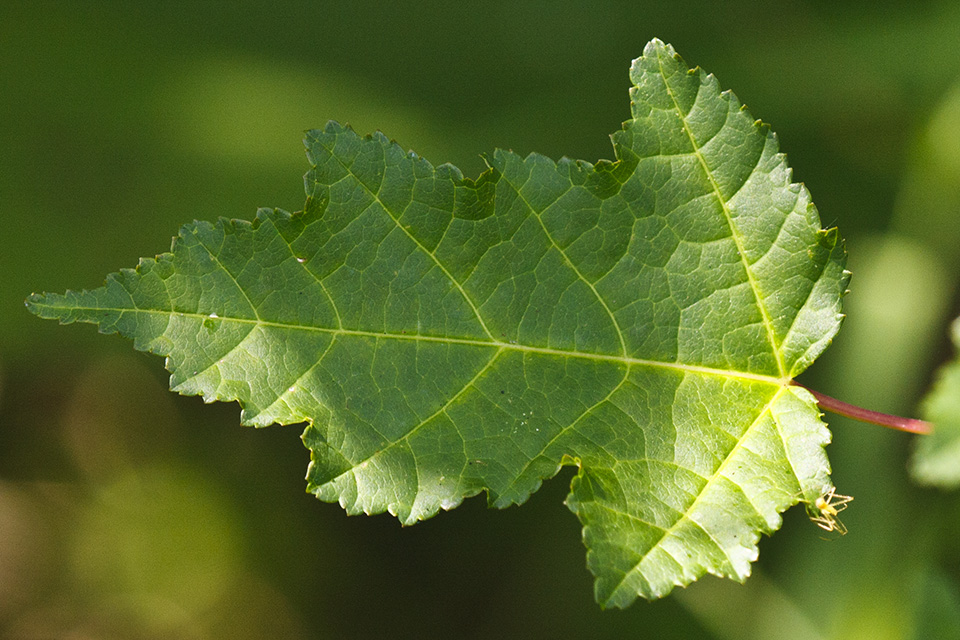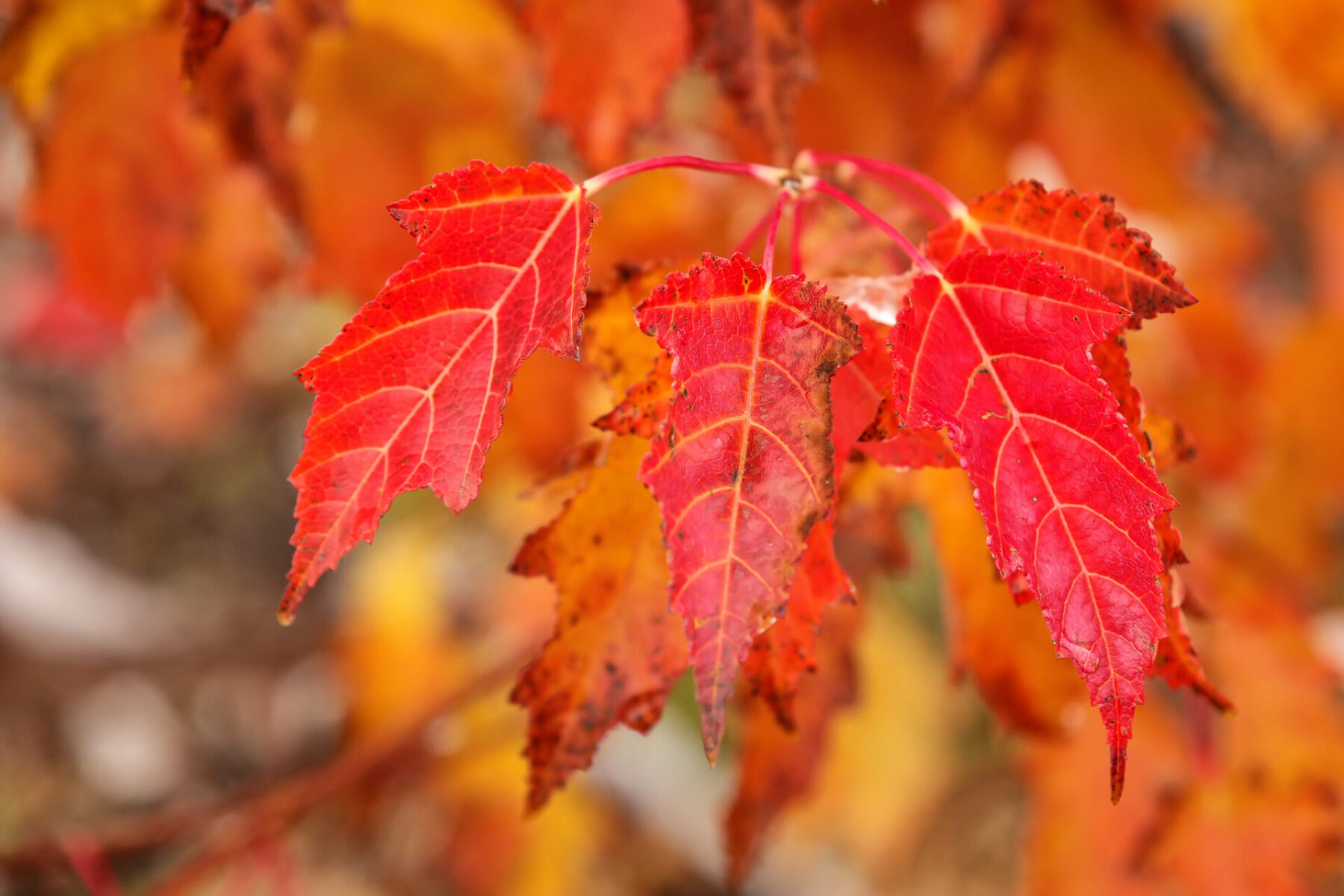

Cut-stump treatment glyphosate and basal bark treatment or frilling with triclopyr are successful.General herbicide treatments are effective.Prescribed fire in prairies can be an effective means of control.Larger trees can be cut, but do resprout.Amur maple saplings are easily pulled by hand.Similar species: Amur maple can be distinguished from other maples by its narrow leaf shape with three shallow lobes. Samaras travel long distances in the wind and readily germinate. The bark is grayish-brown and smooth when young, developing furrowed striations with age.įlowers: Panicle flowers are fragrant and pale yellow-whitish.įruits & seeds: Red samara (helicopter) seeds (borne in pairs) have tight-angled almost parallel wings. Leaves are simple with three shallow lobes bright green turning scarlet red in fall. Leaves & stems: Leaves and stems are opposite, with two leaves per stem node. May contain allelopathic chemicals, inhibiting the root development of desired species.


Scientific names: Acer tataricum, Acer ginnalaĬlassification in Wisconsin: Restricted (all cultivars exempt) Ecological Threat Amur maple leaf (Acer Ginnala) on red wooden background.Common names: Siberian maple, ginnala maple.


 0 kommentar(er)
0 kommentar(er)
